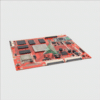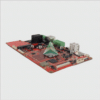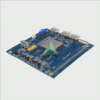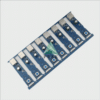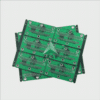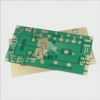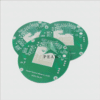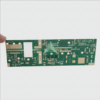High thermal conductivity PCB substrate material selection tips openly
How to choose the substrate for high thermal conductivity PCB?
In today’s high-tech industry, high thermal conductivity PCB substrates are being used more and more widely. They play a key role in a variety of fields, such as power electronics, communications, aerospace, and so on. However, choosing the right substrate material is not a simple task and requires consideration of a variety of factors. In this article, we will introduce the material selection of high thermal conductivity PCB substrates and the reasons for it in detail.
First, let’s understand what is a high thermal conductivity PCB substrate. High thermal conductivity PCB substrate is a kind of printed circuit board with high thermal conductivity, and its substrate material has high thermal conductivity characteristics. This type of substrate is able to export heat quickly, which helps to improve the stability and reliability of the equipment.
When choosing a high thermal conductivity PCB substrate, the following factors need to be considered:
- Material thermal conductivity: this is one of the most important factors when choosing substrate materials. Materials with high thermal conductivity can quickly export heat and improve the thermal performance of the device. Common materials with high thermal conductivity include metal substrates, ceramic substrates and graphene substrates.
- Mechanical strength: Since high thermal conductivity PCB substrates need to withstand a certain amount of mechanical stress during operation, the material selected should have sufficient strength and stiffness. This helps to ensure the stability and reliability of the substrate.
- Processing: The processability of the material and compatibility with the manufacturing process need to be considered. This includes the drillability, platability, and weldability of the material. Suitable materials should be able to be easily machined to the desired shape and size and meet other requirements of the manufacturing process.
- Cost: Under the premise of meeting performance requirements, the cost-effectiveness of the material should be considered. Selecting reasonably priced materials helps to reduce the overall cost of the product.
In summary, selecting a suitable high thermal conductivity PCB substrate requires consideration of a variety of factors, including the thermal conductivity of the material, mechanical strength, processing technology and cost. According to the actual application requirements, the comprehensive consideration of these factors will help to select the appropriate substrate material, thus ensuring that the high thermal conductivity PCB will perform excellently and reliably in a variety of fields.

